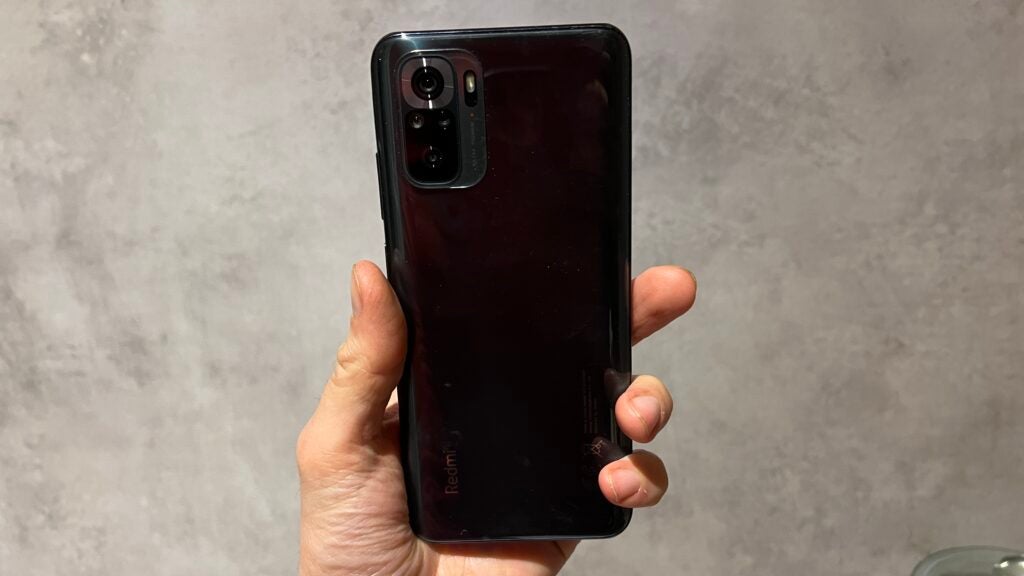The Xiaomi Redmi Note 10S is a budget smartphone that doesn’t have many strong points, but which also doesn’t display many glaring weaknesses. With an AMOLED display, great battery life and decent performance it makes a good first impression.
But with no high refresh rate display, only average cameras and a confusing software skin, it comes with many caveats that the competition doesn’t. If you want a decent all-round smartphone, the Note 10S won’t disappoint. With no standout features, however, it doesn’t do enough to set itself apart.
Pros
- Well priced
- Fast charging
- Great battery life
Cons
- Average cameras
- Muddy software
- Poor thermal performance
-
All-day battery lifeWith a 5,000mAh battery, the Redmi Note 10S has no issue lasting all day, with the potential to last two days depending on usage. -
Affordable price tagDespite key features like an AMOLED display, 64MP snapper and 5,000mAh battery, the Redmi Note 10S comes in at under £/$200. -
6.43-inch AMOLED displayDespite the budget focus, the Redmi Note 10S sports a colourful AMOLED display.
Introduction
Xiaomi, more than some manufacturers, across the course of its existence has become known for two things – budget smartphones and somewhat confusing product lineups.
The 10S, part of its Redmi lineup, exemplifies both of these trends. Priced at around £/$199 it is decidedly a budget device, and with an ‘S’ accompanying the 10 it is placed within a slightly nebulous position.
It is intended to be slightly less premium than the likes of Xiaomi’s Note 10 Pro, but retaining some signature flashes of the product family, such as an AMOLED display.
Of course, this being Xiaomi, the Note 10S has an attractive list of specifications to differentiate itself from much of the competition. With a 5,000mAh battery, an octa-core processor, 6GB of RAM, 64GB of storage and a 64MP main camera it matches and exceeds most others at the price point.
A phone is more than a list of specifications, however, and the competition is particularly fierce in the budget space.
Does the Redmi Note 10S have what it takes to stand out? Let’s find out.
Design and screen
- Has a flat OLED screen with 1080p resolution
- Build is totally plastic
- Has a 3.5mm headphone jack
The design language of the Redmi Note 10S is that of its wider product line, which is to say that it has a prominent camera island, an all-plastic design, a tall aspect ratio and a notch to house the selfie camera – in short it is a modern smartphone.
In a sea of glass rectangles, this particular rectangle won’t do anything to turn heads, though that isn’t necessarily a bad thing. On occasion certain brands can try a little too hard to stand out, to mixed results – no such result here.
At 179g the device has some heft, though not so much as to be difficult to use, and while the screen is large at 6.43 inches, the phone can still be used one-handed.
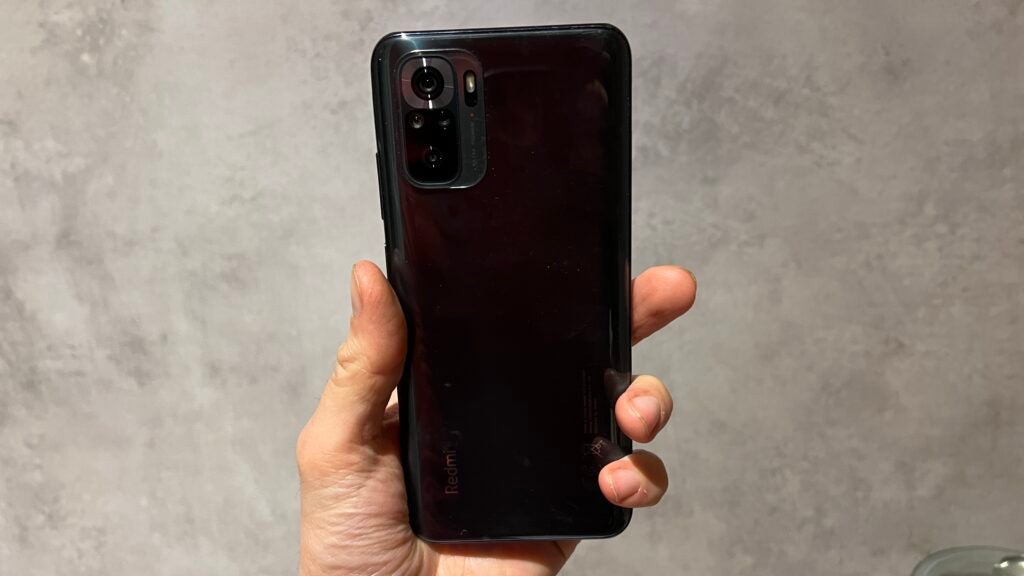
The use of plastic proves to be an unexpected win in some ways also. While the glossy surface attracts fingerprints with gusto, it also lends the Note 10S a grippiness that means impromptu dives from tables towards floors are limited considerably compared to the glass-backed competition.
It can’t be said that the Note 10S feels premium in any particular way, but it is inoffensive and feels durable and well-balanced in the hand. For most people, the design will not be an issue.
As for the display, beyond the size it has a resolution of 1080p and HDR compatibility, which is far from a guarantee for the price. It is also AMOLED tech, again unusual for the price, meaning it has bold colours and infinite blacks. Something which does let it down in contrast to the competition however is the lack of a high refresh rate.
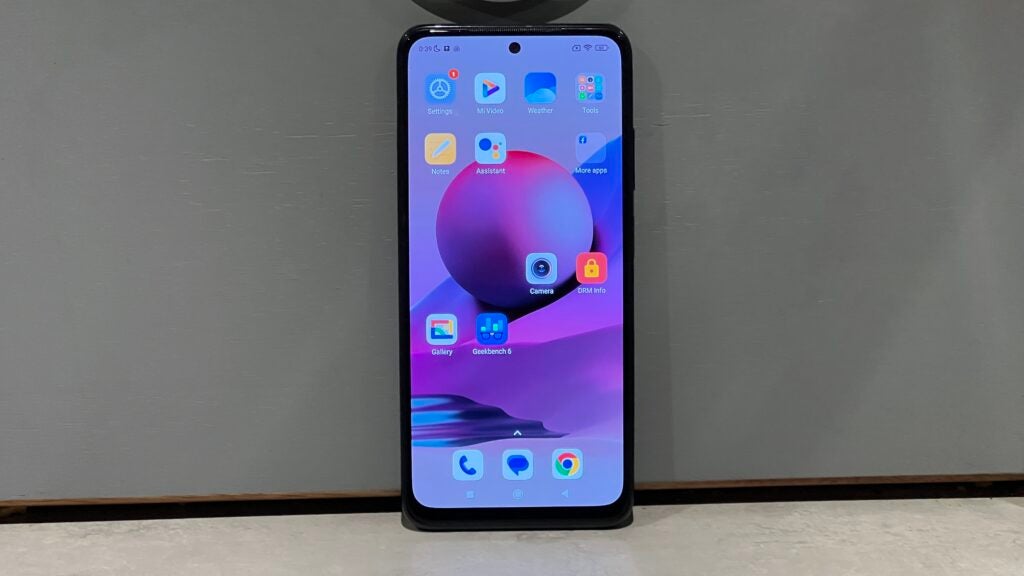
This is not essential, but it is common across all of the competition, allowing devices to feel a little more fluid in everyday use. The lack of even a 90Hz option is notable.
Supporting WideVine L1, the device can stream YouTube and Netflix in HDR using supported content, and the display generally gets bright enough to combat the sun.
Though it doesn’t sport all of the latest marketing taglines, the display on the Note 10S is good enough for most purposes, being sharp, colourful and vibrant, though it remains a relative low point when considering the competition.
Cameras
- Rear main camera has 64MP, flanked by an 8MP ultra-wide
- Front facing camera is 13MP
- Also has a 2MP macro sensor
The megapixel train has been going full steam since 2019. Starting with 48MP sensors, we have since broken the 200MP barrier, though the Note 10S sticks to a simpler 64MP on its main sensor.
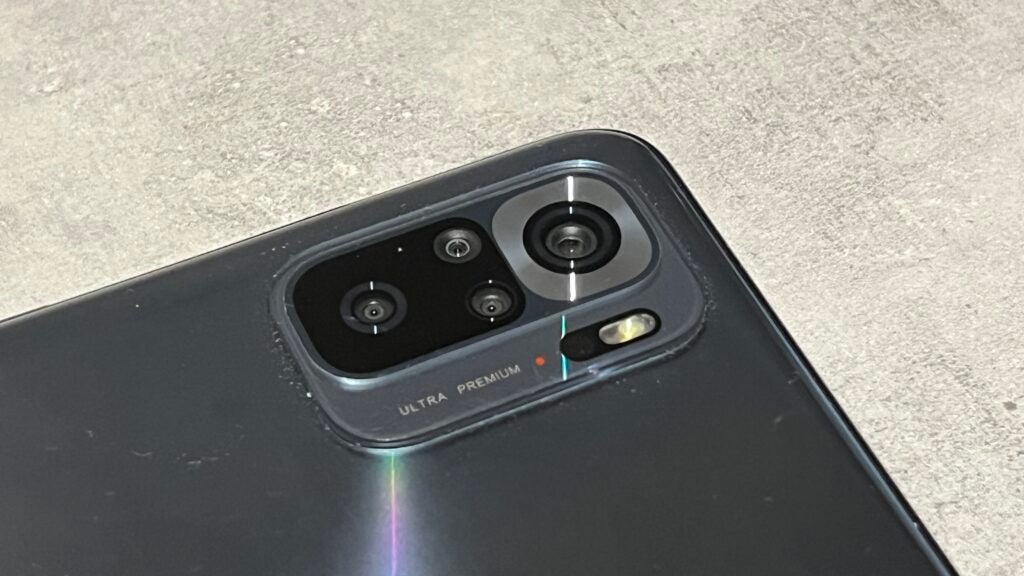
This is flanked by an 8MP ultrawide, a 2MP macro camera and a 2MP depth sensor – completing the arrangement on the front the selfie snapper has a resolution of 13MP.
Moving on to the app firstly, this is the standard Xiaomi arrangement, which is to say highly similar to camera apps on other devices. It is quick enough to switch between modes in most instances, and has a handful of obscure options that are unlikely to see much use (i.e. timelapse).

Crucially, it is fast to launch from the lock screen and take an image – a big advantage for anyone looking to take photos of their children.
As for general picture quality, things begin to become a little interesting. On the main sensor, the full resolution of 64MP is not utilised, with images instead binning to 16MP. These are respectable in good light, with good detail, nice colour and decent dynamic range. There are issues with oversharpening, and in the classic Xiaomi style the ‘AI’ toggle can butcher the colour green, but for the price point they are respectable.
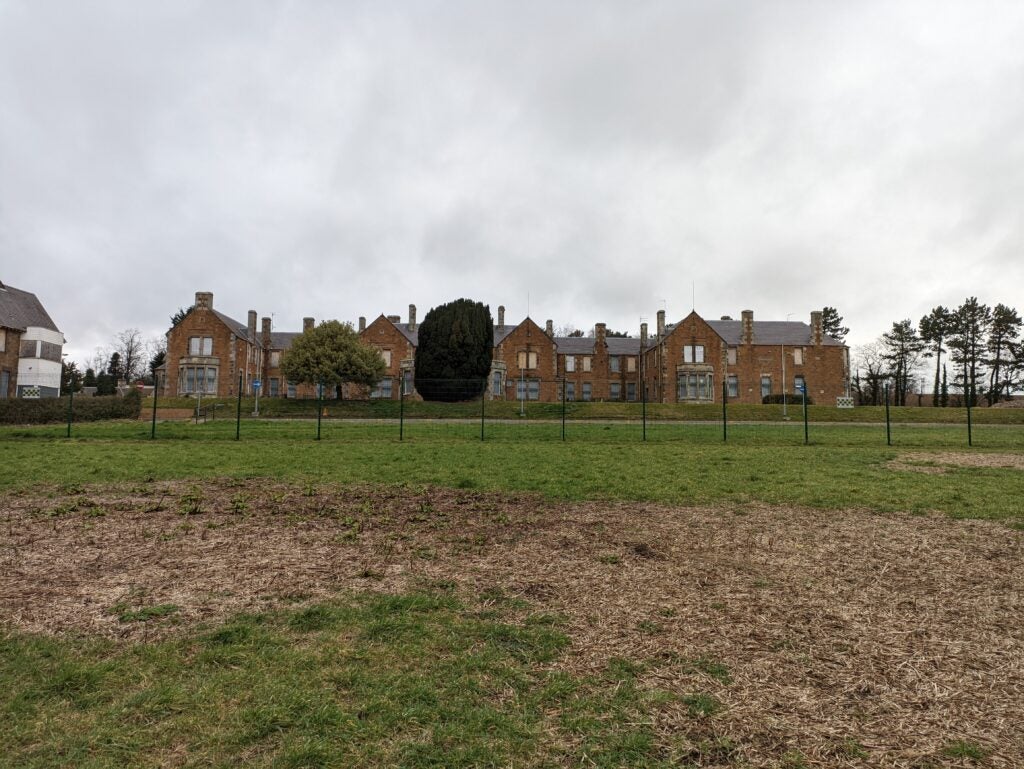
With a lack of optical image stabilisation, low-light performance is not a strong suit. Without the night mode, images are noisy, soft and lack saturation. Using night mode reduces these issues, but not drastically.
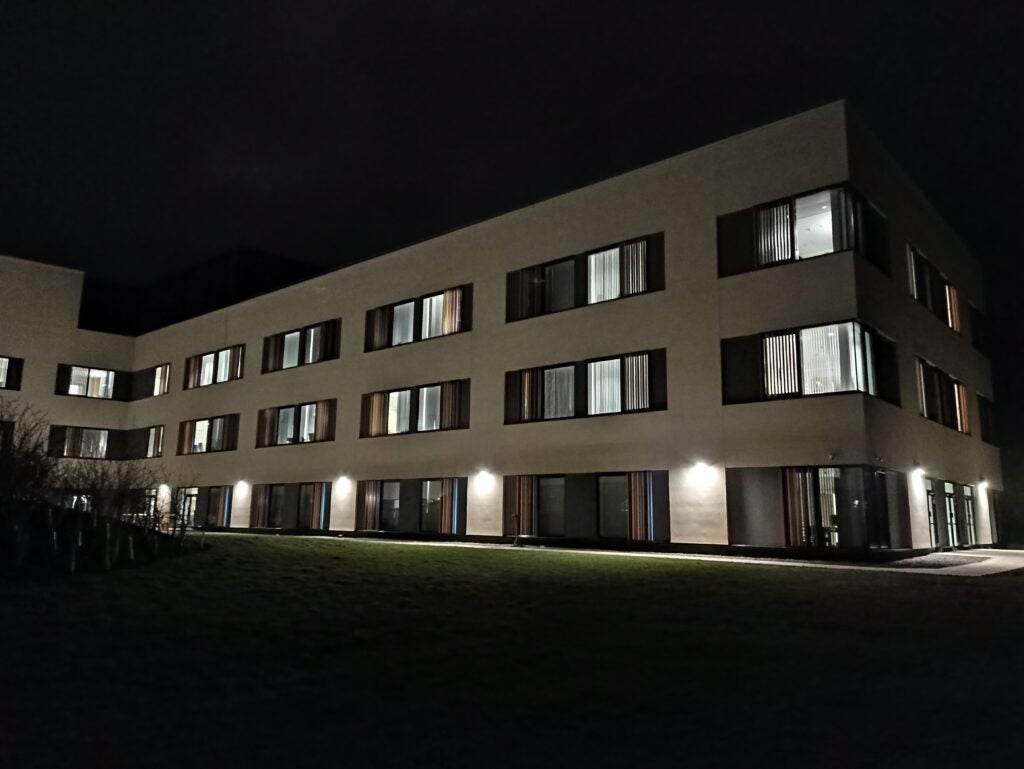
The ultrawide sensor, typical for the price point, produces decent images that have good colour reproduction but lack detail. As might be expected, the 2MP macro sensor has fixed focus and is therefore difficult to use, producing images that are muddy and noisy.

Selfies with the front sensor are competent, showcasing enough detail (i.e. not so much as to reveal pores) and have enough dynamic range for most situations.

Video suffers somewhat, lacking colour and detail no matter the resolution chosen.
If you are in the market for a cameraphone, the Redmi Note 10S should not be your first choice.
Performance
- Runs a MediaTek G95 processor
- Comes with 6GB of RAM and 64GB of storage by default
- Runs MIUI 12.5
Some parts of the Redmi Note 10S, such as the camera and the display, were clearly sacrifices to help Xiaomi hit a certain price point. This general perception fortunately doesn’t carry over into general performance.
Backed up by a minimum of 6GB of RAM and 64GB of storage, the MediaTek Helio G95 is able to power through most tasks with ease. For most people, that will mean that in general use – such as swiping through the interface and opening mostly light apps – they won’t ever encounter an issue with speed.
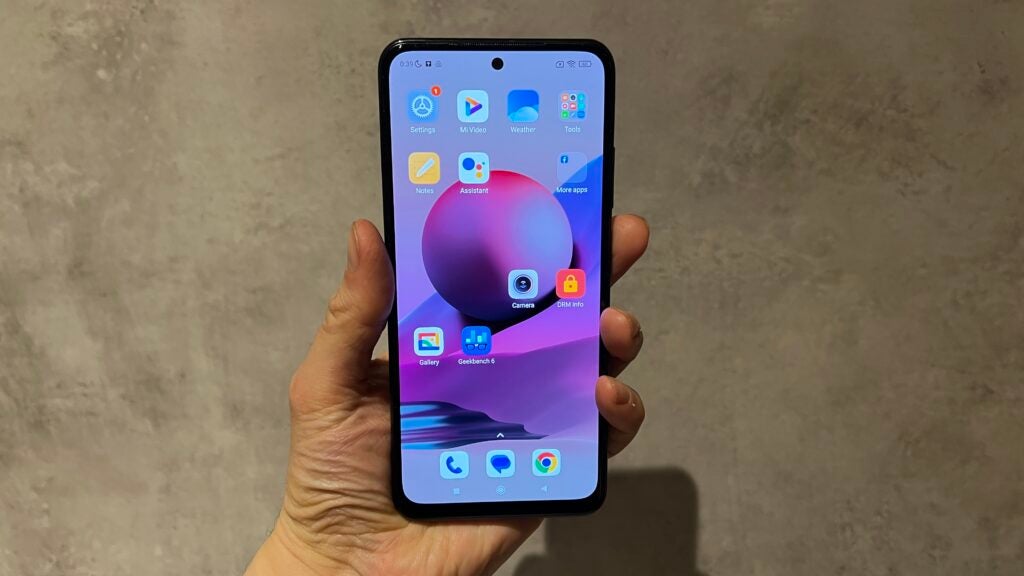
Naturally things become a little thornier when it comes to the matter of gaming. While the Note 10S can run more complex titles, it can only do so on medium settings for the most part. Thermal performance then also becomes a problem, with the device getting quite hot over time.
This is borne out by the Geekbench 6 scores, where the Note 10S achieves 673 on single-core and 1808 on multi-core.
The question of software is a little less positive than that of the performance itself. Xiaomi has long utilised its own spin on the general Android interface, called MIUI. At its best, it adds some useful features, at its worst it duplicates features and adds advertisements.
Here things tend towards the latter end of the spectrum. There’s a mess of doubled-up apps, strange restrictions and tight RAM management that can make some apps malfunction.
If you like a clean software experience, the Redmi Note 10S is likely not for you.
Battery life
- Has a 5,000mAh battery
- Offers 33W fast charging
- Charges over USB-C
With a 5,000mAh battery, the Redmi Note 10S has the chief ingredient required to hit new heights of battery performance, aided by software that aggressively closes background apps and an efficient processor and screen.
It is no surprise then that it proves to be something of a battery champ. On a typical day, waking at 7am with a 45-minute commute, messaging, using the internet and streaming music, I could generally finish by 10pm with around 45% left in the tank. This is a very strong showing overall, meaning that those with lighter usage could easily see the device reach a second day.
Even power users may find it difficult to drain fully across the course of a single day.
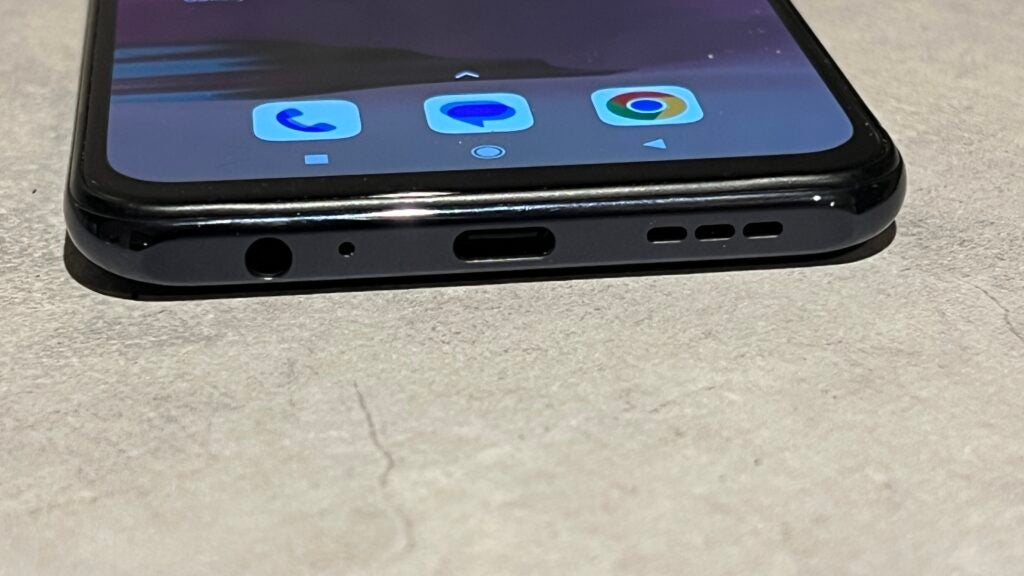
When it comes to the issue of recharging, the Note 10S can do so at a maximum of 33W. This isn’t the fastest available on the market, but is more than enough to add some percentage points quickly. Going from almost zero to full took around 50 minutes on average, which is a strong showing overall.
Should you buy it?
You are looking for a budget smartphone with great battery life:
Boasting a 5000mAh battery, the Redmi Note 10S can comfortably last all day on a single charge.
You need great camera performance:
The 64MP snapper has potential in well-lit conditions, but the ultra-wide is soft and the macro lens is practically useless.
Final Thoughts
Choosing a budget smartphone is not an easy proposition. With a forest of options available, picking one that not only stands out but that provides a cracking experience has rarely been so difficult.
The Xiaomi Redmi Note 10S is not that smartphone, but it is also not condemned by that fact. Possessing a decent display, fast enough performance, passable cameras and lots of battery life, it has a number of redeeming qualities that make it worthy of interest. It is a good all-rounder that will work well for most people.
There are, however, options from the competition that have better displays, faster performance, better cameras, faster charging and more – and that have a far less cluttered software experience.
If you are a Xiaomi fan, loving the general approach to software, the Redmi Note 10S will be a good phone. Should you simply be looking for a budget device, it will likely provide everything you could want.
For more demanding users, the market has better options from the likes of Samsung, Realme and more – and that is where your attention should lie.
FAQs
Yes, a charger is included with the Xiaomi Redmi Note 10S.
It’s only rated for splash resistance.
No, but that’s not too surprising at the budget end of the market.
Jargon buster
OLED
Organic Light Emitting Diode is panel technology that allows each individual pixel to produce light rather than relying on a backlight. This enables the screen to accurately display blacks by turning off the pixel, resulting in improved contrast compared to conventional LCD panels.
mAh
An abbreviation for milliampere-hour and a way to express the capacity of batteries, especially smaller ones in phones. In most cases the higher the mAh, the longer the battery will last but this isn’t always the case.
IP rating
An abbreviation for ‘Ingress Protection Code’, which lets you know to what extent a device might be waterproof or dustproof.

